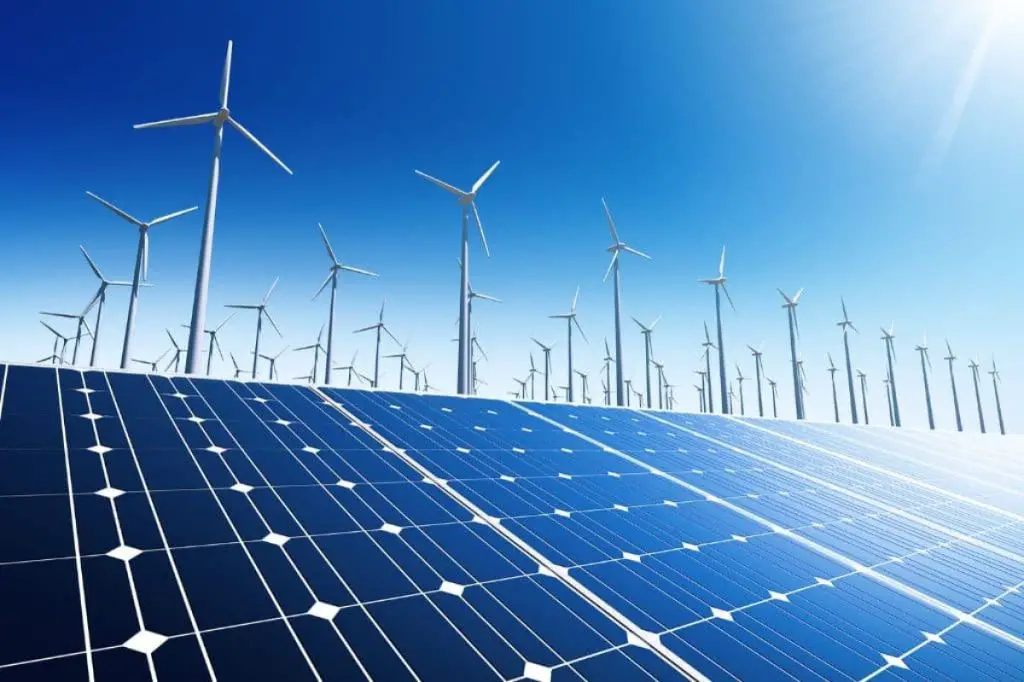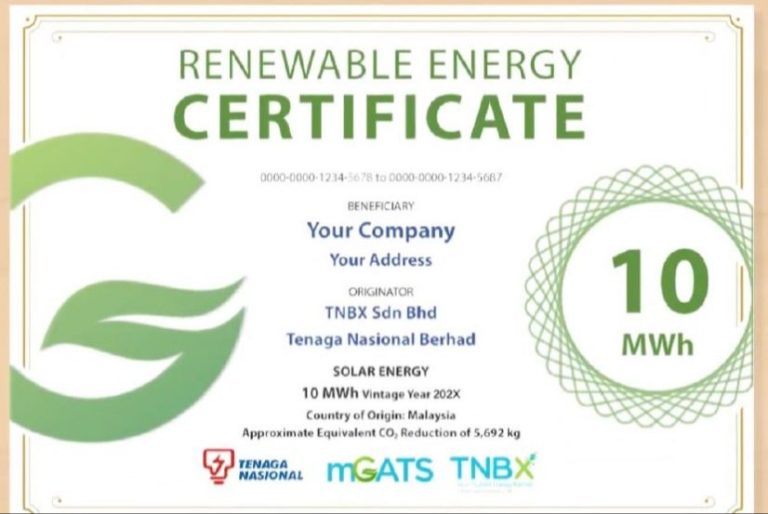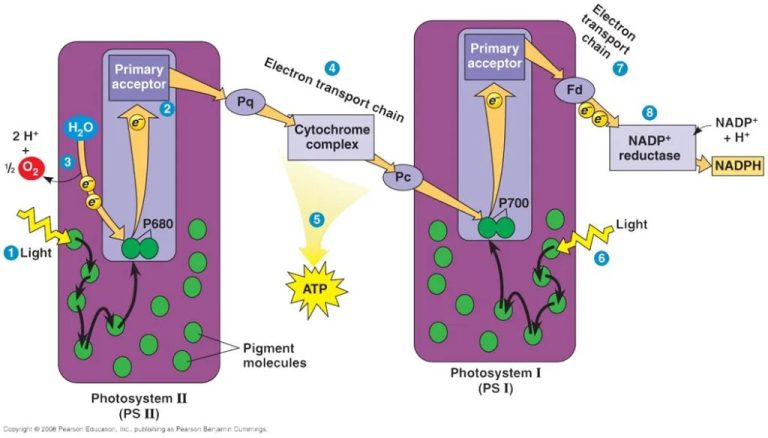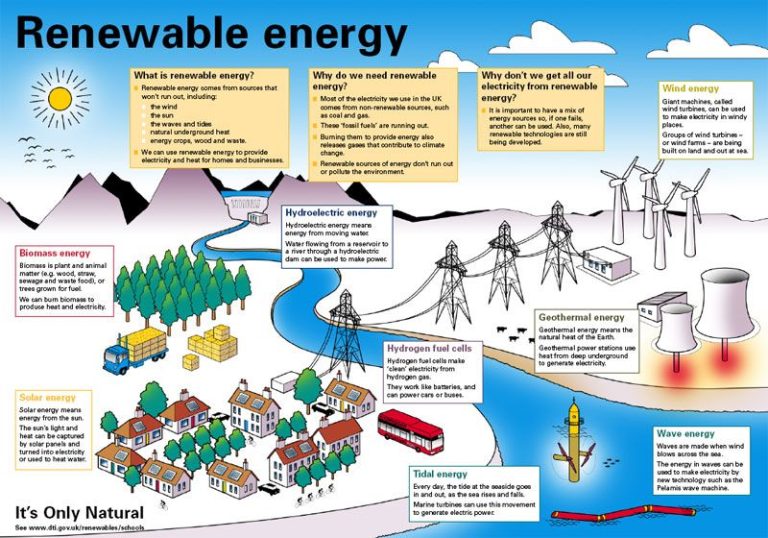What Are Three Thing That Are Currently In The News That Concern Renewable Energy?
Growth of Renewable Energy

Renewable energy capacity continues to grow rapidly around the world. According to the International Renewable Energy Agency (IRENA), renewables accounted for 85% of all new power capacity added in 2022, reaching a total of 3,700 GW. This represents a fresh record in absolute capacity added of 395 GW, an 11% increase from 2021 (IRENA, 2023).
The International Energy Agency (IEA) reports that global renewable electricity generation is expected to rise more than 8% in 2022, the fastest growth since the 1970s. In particular, solar PV and wind are projected to provide over 10% of total global electricity supply for the first time (IEA, 2023). The IEA predicts renewable capacity will expand more than 60% between 2020 and 2026, with solar PV alone growing 20% annually. This rapid growth is being driven by declining costs, supportive government policies, and corporate commitments.
Key countries leading in renewable capacity growth include China, the United States, and India. In 2021, China accounted for 44% of global renewable capacity additions. The U.S. and India ranked second and third respectively in net capacity additions. Europe also saw record renewable additions in 2022, led by solar PV in Germany, the Netherlands and Poland (IEA, 2022). With costs falling and momentum building, the outlook for continued renewable energy growth worldwide looks promising.
Declining Costs
The costs of renewable energy technologies like solar and wind have declined dramatically in recent years. According to a factsheet from Clean Energy Economy Minnesota, the levelized cost of energy for utility-scale solar photovoltaics declined 88% between 2009 and 2019, while the cost of onshore wind declined 46% over the same time period.1 This has enabled renewable energy to become cost-competitive with conventional energy sources.
A report from Energy Innovation found that due to recent and projected renewable energy cost declines, an affordable, reliable, low-carbon electricity system is achievable in the United States. Solar costs are projected to fall an additional 40-70% by 2030 while wind and storage costs will also continue to decrease.2 These falling costs make renewable energy more economically viable.
In New York, a study by the New York State Energy Research and Development Authority found that projected declines in renewable energy costs could allow New York to reach 70% renewable electricity by 2030 cost-effectively. The study excluded innovative technologies that could further reduce costs.3 As renewable costs fall, higher renewable energy adoption becomes more feasible.
Policy Support
Governments around the world are enacting policies to accelerate the transition to renewable energy. Major developments include the Inflation Reduction Act passed in the U.S., which includes over $370 billion in spending on energy and climate change programs. Key incentives include tax credits for renewable energy projects, rebates for home solar and electric vehicles, and funding for technologies like carbon capture 1. The E.U. recently approved the REPowerEU plan to end dependence on Russian fossil fuels through initiatives like expanding renewables and improving energy efficiency. China, now the world’s largest market for renewables, aims to have non-fossil fuels account for 25% of its energy mix by 2030. At the COP27 climate summit, India announced a goal of 500 gigawatts of renewable energy capacity by 2030 2. Major markets are implementing policies, incentives and targets to accelerate the energy transition.
Corporate Renewable Energy Commitments
Major companies continue to make ambitious commitments to source renewable energy. Meta recently announced it is joining the ZEROgrid initiative, which aims to accelerate the transition to 100% renewable energy. Microsoft incorporated environmental justice criteria into its renewable energy procurement strategy, aiming to spur clean energy investments in disadvantaged communities as part of its commitment to be carbon negative by 2030. Corporate renewable energy procurement reached 44.2 gigawatts globally in 2022, according to BloombergNEF, up from just 0.2 gigawatts in 2010.
Innovations
The renewable energy industry is constantly evolving as new technologies emerge and existing ones improve. Some key innovations driving growth in renewables include:
– Advances in solar cell technology like perovskite solar cells, which are easier to manufacture than traditional silicon cells. Perovskite cells reached over 25% efficiency in lab tests, rivaling silicon cells.1
– Continued reductions in wind turbine costs and size, enabling more efficient wind power generation. Wind turbines are now regularly exceeding 4 megawatts in power capacity.1
– Advances in energy storage technology, including batteries, compressed air, and pumped hydro storage. This allows renewables to store energy for when the wind isn’t blowing or sun isn’t shining.1
– Smart grid technology that improves integration of renewables into the electric grid by balancing supply and demand. Smart grids allow grids to handle the variability of renewables.1
Investments
Investments in renewable energy continue to increase globally. According to data from the International Renewable Energy Agency (IRENA), global investment in renewable power and fuels (not including large hydro projects) reached $226 billion in 2020, a 2% increase from 2019 levels (source). This growth occurred despite the economic slowdown caused by the COVID-19 pandemic.
IRENA notes that investments have been driven by solar and wind projects, which attracted 90% of total renewable energy investments in 2020 (source). Investments in developing countries also increased significantly, representing 52% of the global total.
Looking ahead, IRENA forecasts that average annual investments of $770 billion will be needed to achieve decarbonization goals by 2050 (source). Closing this investment gap will require mobilizing increased private sector financing.
Challenges
While renewable energy adoption has grown substantially in recent years, ongoing challenges remain for further expansion. A key obstacle is the need to modernize and expand transmission infrastructure to deliver renewable power from remote areas to population centers. According to the International Economic Development Council, “Distributed renewable energy faces unique grid integration challenges because government planners and regulators must optimize infrastructure to allow growing amounts of electricity to flow in two directions – onto and off of the grid – from multiple energy resources” (UNDERSTANDING RENEWABLE ENERGY BUSINESSES: Challenges and Opportunities for Rural Communities).
Additionally, the intermittent nature of wind and solar requires adequate energy storage capabilities to ensure reliable electricity supply when the sun isn’t shining or wind isn’t blowing. Per Medriva, “The main challenge to overcome is the intermittency of wind and solar so energy storage systems are critical” (Renewable Energy Soars to New Heights but Faces Challenges Ahead). Developing cost-effective, large-scale energy storage is vital for higher penetrations of renewables.
Opposition
There has been growing opposition in recent years to the expansion of large-scale renewable energy projects, especially in rural communities. Groups such as Citizens for Responsible Solar, Kansans for Responsible Solar, and Citizens Against Richwood Solar have formed to fight the development of utility-scale solar and wind farms which they argue will disrupt rural life, harm property values, and damage the environment.
For example, some Ohio residents have pushed back against solar projects which they claim will destroy precious farmland critical for food production (https://insideclimatenews.org/project/solar-opposites/). There are also concerns that large solar and wind projects will negatively impact wildlife habitats and migration routes.
Groups opposing large-scale renewables argue that distributed rooftop solar is a better alternative. However, renewable energy advocates counter that utility-scale projects are crucial for meeting climate goals and rooftop solar alone is insufficient. Striking a balance between local concerns and the global need for clean energy remains an ongoing challenge.
Impact Stories
Renewable energy projects around the world are having a profound impact on people’s lives. For example, in remote villages in Bangladesh, solar microgrids are providing electricity for the first time, allowing villagers to light their homes, run fans, charge mobile phones and power appliances. This access to electricity is enabling children to study at night, improving health care through vaccine refrigeration, and supporting entrepreneurship and income generation. In island nations like the Seychelles, the installation of wind turbines and solar panels has reduced reliance on expensive imported diesel fuel for electricity generation. This is increasing energy independence and freeing up budget for investments in health, education and infrastructure.
Across sub-Saharan Africa, the development of mini-grids powered by solar, wind and hydro is connecting rural communities to electricity for the first time. This is driving social and economic development by enabling the use of lighting, refrigeration, machinery, and ICTs. With each new renewable energy project, from villages in India gaining access to off-grid solar irrigation pumps to geothermal heating projects reducing energy poverty in Poland, real improvements are being made in people’s quality of life.
Future Outlook
Expert projections for renewable energy over the next 5-10 years indicate continued strong growth and adoption globally. According to the National Climate Assessment, future projections for renewable energy depend heavily on policy assumptions, deployment scenarios, and renewable energy goals, but most experts agree that the share of renewables in the energy mix will continue rising (National Climate Assessment).
One major factor driving growth is the rapidly declining costs of renewables like solar and wind. Research shows that as adoption increases, costs decrease through economies of scale and technology improvements, making renewables increasingly cost-competitive with fossil fuels (Master Thesis on Green Hydrogen). Many experts predict renewables reaching cost parity with fossil fuels globally within 5-10 years.
Another driver is supportive government policies and corporate commitments to reduce emissions and increase renewable energy usage. Major corporations like Google, Apple, and Amazon have pledged to power operations with 100% renewable energy. Such commitments will necessitate large investments in renewables over the next decade (Coal power could be dying for good).
While challenges like intermittency and storage remain, experts are optimistic that continued innovation and rapid deployments will enable renewables to secure a major share of the global energy mix by 2030.






